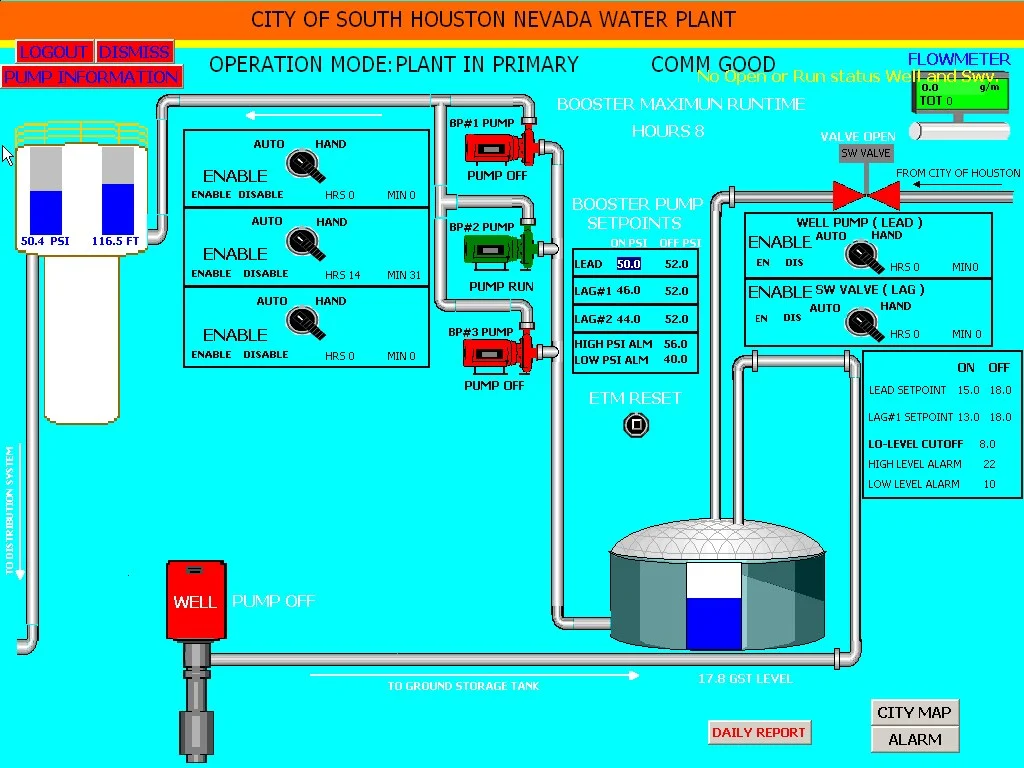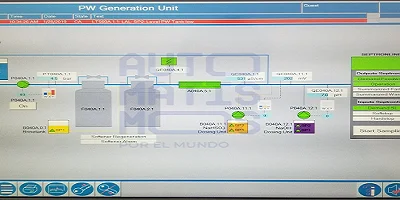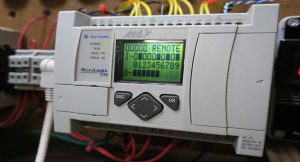Today I want to talk about a very important topic in Automation, I mean SCADA Systems.
With today’s article we will be resuming a chapter of the series of publications Automated Systems, of which, I invite you to read the first three articles before entering fully with this one. I make this recommendation because although they are independent topics, they present a logical order of content based on the Automation Pyramid, and it is the best way to get the most out of it. Here are the three links to the previous articles for you to take a look and then come back to this one.
For now, we start with today’s topic!!!
What are SCADA?
According to the automatas.org website, a Supervisory Control And Data Acquisition (SCADA) system is nothing more than a control, monitoring and data acquisition system. It is a software that has been specially designed for operation in control computers in industrial and production environments. It is responsible for providing communication with the control devices (See PLC article) and provide all this information and variables on the computer screen. In the same way local touch screens can be used to display the SCADA sectored information in the subprocess that is required, these screens are called HMI (See article).
SCADA systems are capable of performing monitoring, alarm management and system fault history tasks. They can also be used as data processing and process control systems. Communication between SCADA and devices is usually done via field buses or LAN/WAN networks.
An indispensable feature of a SCADA is that it must be based on an open architecture. It must allow for growth and expansion if the process requires it.

Main Modules of a SCADA
To ensure that a SCADA system fulfills the functions of supervision, acquisition and control, it must have the following modules or functions in its software:
- Configuration Module: It is in charge of offering the user the power to define how the working environment of its SCADA will be, configuring it and establishing the particular parameters of the project in question.
- Graphic Interface Block: Provides the operator or engineer with the process supervision and control functions. The whole procedure is represented by graphics stored in the process computer, which are generated from the SCADA system itself or imported from an external application.
- Process Module: It is in charge of the execution of the previously programmed command actions from the values of the variables read in real time.
- Management and Data: Module in charge of the storage and logical processing of data. This allows that if necessary, another application can access them without major difficulty.
- Communications Module: This system is responsible for the transfer of information and data between the field process and the architecture that supports the SCADA. In turn, it then ensures that the latter can communicate with any of the other systems connected to the process.
Advantages of SCADA Systems
Next we will see what advantages SCADA brings to our process:
- It allows real time feedback.
- Depending on the process, it allows the realization of preventive maintenance.
- It improves productivity and efficiency by having total control of the process and the variables involved in it.
- Thanks to SCADA we can perform real-time diagnostics of the equipment and machines of the process.
- Allows remote troubleshooting.
- Increases automation and process control capacity.
Ending with SCADA
If you got this far and you have read the 3 previous articles on the topic of Automated Systems, you already have the base of the Automation Pyramid completed, we have just finished half of the steps. We can say that we already know the basic, but at the same time the most important topics of an Automated System.
If you liked this article do not forget to give us a Like. If you like this topic and want to share your opinion with us, the comments are all yours, we answer them all.
Remember that you can subscribe to our Newsletter to be the first to know when we publish an article and you will receive the notification from the comfort of your email, it will only take you less than 20 seconds, it’s all advantages! You can subscribe directly by clicking here.
But if you are one of those who prefer to be aware of all our content from one place, our Telegram Community is the perfect place for you. We publish quality content almost daily and from our Channel you will have it all in the same place. If you want to join you can click here.
See you in the next article!




